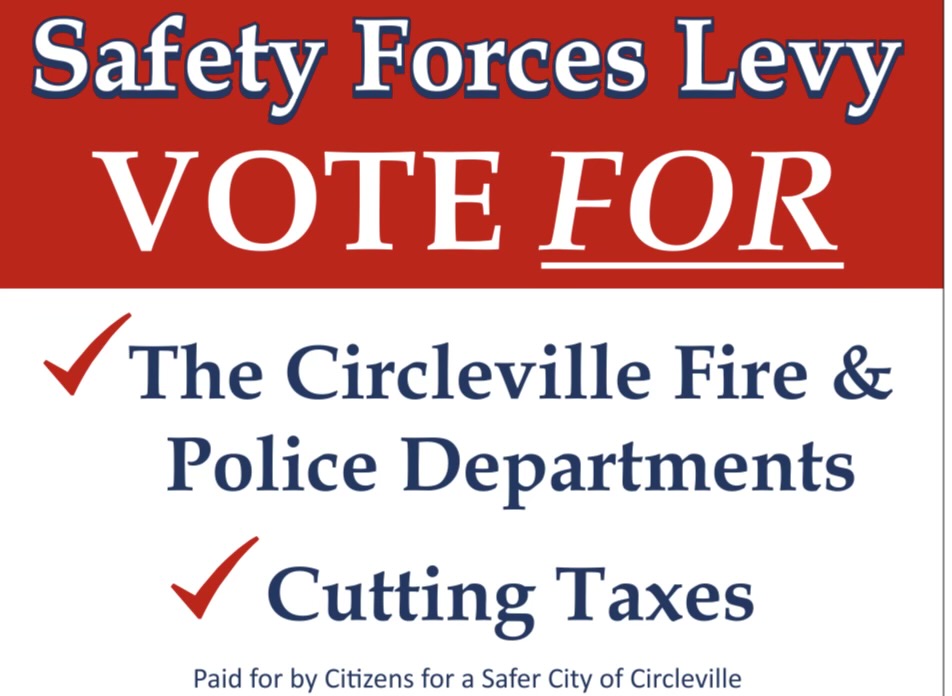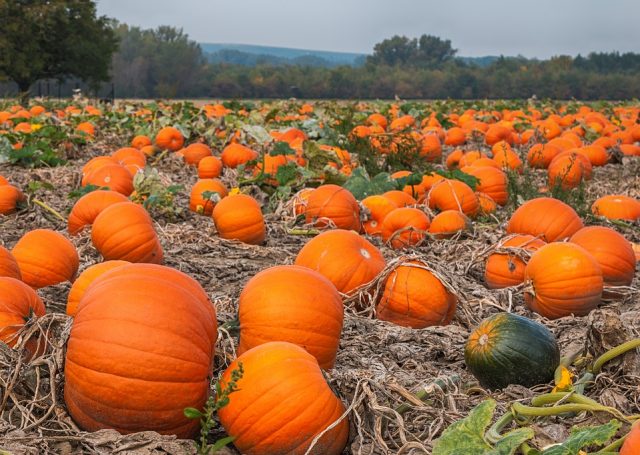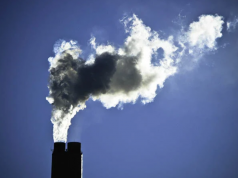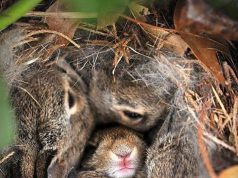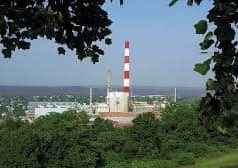
OHIO – It’s that time of year when people are heading to the pumpkin patch to grab round orange globes and gourds. When you get home the decoration looks fabulous in front of your home but soon those fruits start to rot before the season end and make for a mess.
The best way to preserve your pumpkins and gourds is to bleach them! But how is that environmentally friendly you ask? Bleach breaks down in the sun to basic table salt and water in the sun. The chemical chlorine bleach is a mixture of water and sodium hypochlorite – a salt. According to Facts About Bleach, it does not harm the environment or contaminate groundwater. It begins and ends as salt water in a fully sustainable cycle. The bleach is used to kill all the mold that is unseen on the pumpkin when you purchase it.
Even if that neighborhood squirrel or animal takes a bite out of your pumpkins it will just be a little saltier and won’t harm them.
The bleach acts as a sanitizer, neutralizing fungi and bacteria on the surfaces of the pumpkin that will cause decomposition and rot. Even un-carved pumpkins will eventually succumb to degradation under the right conditions. But if bleach kills fungi and bacteria, will it kill wildlife? The answer is – not if it is used correctly. Bleach, and sodium hypochlorite (the active chemical in bleach) are toxic if consumed directly in concentrated amounts, however, dilute solutions break down quickly in the environment. Products containing sodium hypochlorite, including plain household bleach, are actually approved and labeled for use as a sanitizer by produce farmers to reduce both human pathogens and decomposition microorganisms and extend the shelf life of produce that finds its way to the grocery store, farmers market, and any other avenue from the farmer to the consumer. These wash water sanitizers are used more for reducing cross contamination of from pathogens introduced to the water from dirty produce, but it can reduce the microorganism load on produce items. If used correctly to sanitize the surface of the pumpkins, bleach DOES NOT pose an increased risk to wildlife (or human) health.
So this is how best to do it.
Mix Three teaspoons of bleach to three gallons of water. Fill a spray bottle with the mixture and after carving you spray inside your pumpkin with the diluted bleach solution or put the pumpkin into the bucket and submerge overnight. A dab of vegetable oil after the cure will make it bright and beautiful. Over time another spray of bleach and treatment of oil will be necessary for longevity.
Pumpkins are great décor for the fall season, and afterward don’t forget to find a place to put your pumpkin so fall critters getting ready for winter can use them as a food source.
More info on bleach and animals here on the Clorox website: https://www.clorox.com/learn/how-to-preserve-carved-pumpkins-with-pumpkin-bleach-bath/?fbclid=IwAR20lCwjpd7LzCMNA-a3sWaFntAavqWMP5KoLES3DHVjcFZEZvRZy6PDIp4
